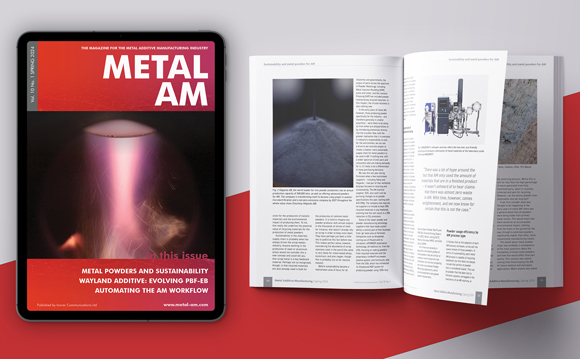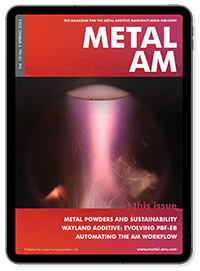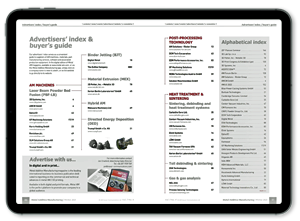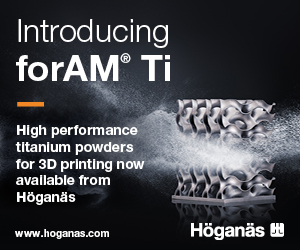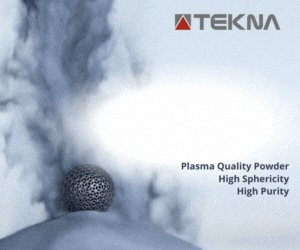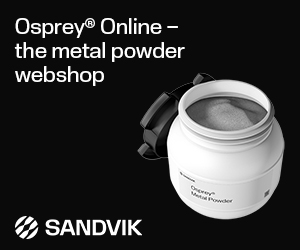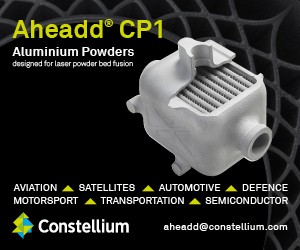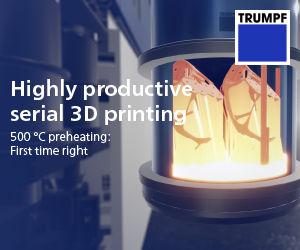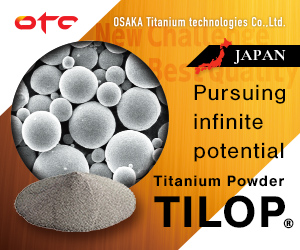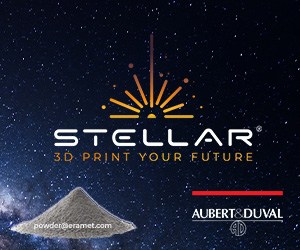US Department of Defense awards contract to extend Flightware’s in-situ inspection method
August 27, 2019
The Defense Logistics Agency (DLA), a combat support agency in the United States Department of Defense (DoD), has awarded a $1 million contract to a team led by Flightware Inc, headquartered in Guilford, Connecticut, USA, to extend its work in developing an in-situ inspection method for metal Additive Manufacturing.
“DLA is actively applying the benefits of AM to better perform our mission supplying spare parts to the warfighter,” stated, Denise Price, DLA’s Program Manager for the Small Business Innovation Program. “Flightware’s in-situ inspection method can reduce scrap and improve yield, which reduces the cost and lead time of parts made by AM methods.”
The two-year programme, which includes partners, the Edison Welding Institute (EWI) in Columbus, Ohio, and OpenAdditive, the research division of Universal Technology Corp. (UTC) in Dayton, Ohio, is using a Layer Topographic Mapping (LTM) method to determine melt quality, directly from as-formed layer surface measurements.
Under the initial effort, Flightware demonstrated that the LTM in-situ method can detect melt flaws, such as lack of fusion, in real time on a layer-by-layer basis with 98.2% detection rate and only 1% false detection. After detecting these flaw regions, appropriate repair procedures were automatically defined and then performed, as a demonstration of closed loop control.
Flyware states that this essentially eliminated the initial flaw porosity (up to 14%) and the repaired layer was restored to unflawed layer quality (less than 0.2% porosity). This reportedly salvaged the part, and allowed acceptance (based on CT scan results) of a part that otherwise would have been scrapped.
Under the programme, EWI is developing a large area profilometry sensor to measure the entire bed of the AM machine with high precision. The sensor will reportedly be installed in UTC’s OpenAdditive PANDA printer, a commercial, open architecture, Laser Powder Bed Fusion (L-PBF) system. Flightware will then refine and improve in-situ inspection algorithms to reliably determine layer quality of both the as-formed melt and the powder bed



